- Home
- UFAI in the News
- UFAI Medical Publications
- Developments In Treating Achilles Tendon Ruptures
Developments In Treating Achilles Tendon Ruptures
- Published 1/10/2017
- Last Reviewed 3/7/2022
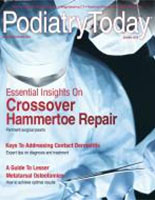
Written by: Bob Baravarian, DPM and Laura Bohman, DPM
One can consider an Achilles rupture to be chronic or neglected approximately four to six weeks after the initial injury. This is due to the retraction of the tendon ends and the beginning scar formation in the area void of tendon.
Conservative treatment of Achilles ruptures has not been very successful due to the significant loss of plantarflexion strength, which impacts the abilities to run, climb stairs, stand on toes, and play sports. This is largely due to the fibrous scar tissue that replaces the tendon gap. Without the same strength of the tendon, the scar lengthens with muscle contraction reducing muscle efficiency. A delay in treatment of Achilles ruptures can correlate with missing the diagnosis on initial evaluation, which reportedly occurs with approximately 25 percent of patients. Misdiagnosis of an acute Achilles rupture can be due to lack of severity of injury, retained plantarflexion strength, difficulty in appreciating a palpable gap due to swelling and a lack of pain.
A magnetic resonance imaging (MRI) test is important to evaluate the extent of retraction of the tendon ends to aid in surgical planning. Methods of repair of the chronic or neglected Achilles rupture can vary widely depending on the extent of the gap, disease of the tendon, patient comorbidities and/or activity level. If the patient cannot undergo surgery, conservative treatment with custom ankle foot orthosis or bracing may be indicated.
However, in a study by Malagelada and colleagues, patients achieved only a satisfaction rate of 55 percent with conservative treatment over a recovery period of several years. If the patient is active and does not have major comorbidities, one should consider surgical intervention.
An Overview Of Surgical Classification And Techniques
Classifications for tendon repair by Kuwada in 1990 and Myerson in 1999 provided surgical correction suggestions for the amount of defect between the tendon ends. Kuwada said surgeons could treat anything less than 3 cm with an end to end repair whereas a 3 to 6 cm defect would require an autogenous turndown flap with or without synthetic graft, and a defect over 6 cm may necessitate a gastrocnemius recession with a free tendon or synthetic graft.
In 1999, Myerson recommended a direct repair with posterior compartment fasciotomy for a void of 2 cm or less, a V to Y advancement with or without tendon transfer for a 2 to 5 cm gap, and a tendon transfer with or without a V to Y advancement for anything over 5 cm. Alternately, surgeons may consider a combination of a turndown flap, a V to Y advancement, tendon transfer, allograft tendon or autograft tendon.
What many of the above techniques have in common is the long extensile approach to repair the Achilles tendon to restore strength and function. This takes place in an area where the skin has contracted due to the lack of tension from the Achilles. Beyond just the 5 to 6 cm defect between tendon ends, further dissection is required to produce healthy tendon ends and perform the repair. For a V to Y advancement, the length of each arm on the gastrocnemius aponeurosis needs to be twice the length of the Achilles defect.6 This elongated skin incision is also necessary with an Achilles turndown procedure in order to obtain enough tendon from the healthy gastrocnemius aponeurosis to cover the defect.
In a study by Ahmad and coworkers, 32 patients received treatment for a 6 cm Achilles rupture with a gastrocnemius turndown and flexor hallucis longus transfer, resulting in a 15.6 percent rate of postsurgical wound care complications.10 A study by Bruggeman and colleagues evaluated wound complications after open Achilles repair. Seventeen patients developed a wound complication (10.4 percent). Of the 17 patients, 12 had a superficial wound necrosis and five patients developed deep infections. The authors found significant correlations between the female sex and those who used tobacco or steroids with the development of wound complications.
To add further complexity, over time without use, fatty degeneration of the gastroc-soleus muscle can occur. Oksanen and colleagues found fatty infiltration of the soleus muscle on MRI post-injury. Therefore, good clinical outcomes are less likely when one performs a repair of the non-functional/dysfunctional gastroc-soleus complex.
To reduce wound complications as a result of a long extensile incision and extensive dissection to reconstruct the Achilles tendon, some surgeons prefer only to perform a transfer of the flexor hallucis longus tendon into the calcaneus. The flexor hallucis longus tendon is a good alternative to reconstruction of the Achilles tendon because it is an 8 to 10 cm tendon that provides sufficient length to augment the Achilles, it is well vascularized to incorporate into the remaining ends of the Achilles tendon, it is second to the gastrocnemius soleus complex in plantarflexion strength and its muscular activity is in the same phase as the gastrocnemius and soleus muscles.
Current Insights On Flexor Hallucis Longus Transfer For Large Achilles Defects
Transfer of the flexor hallucis longus tendon as the only source of Achilles repair has gained in popularity and has shown great outcomes with proper tensioning and positioning. In a study by Oksanen and coworkers, they assessed seven patients who had an isolated flexor hallucis longus tendon transfer for chronic Achilles tendon rupture at an average of 27 months post-procedure. For the original procedure, surgeons made a posterior medial incision along the Achilles tendon. The study found that all patients were able to return to their pre-activity level even though there was a decrease in isokinetic plantarflexion strength of the operative leg over the contralateral leg by an average of 16.1 percent at 30 degrees/second and 26.7 percent at 90 degrees/second. There were no differences between the operative leg and control leg with gait analysis examination. This study also evaluated the pre- and postoperative cross-sectional area of the flexor hallucis longus muscle by MRI. Authors observed that the flexor hallucis longus muscle width was on average 51.5 percent larger on the operative side than the control side. No postoperative complications occurred.
To enable less dissection and a smaller incision than an open approach, Lui described the use of an endoscopic approach in three case studies to harvest the flexor hallucis longus tendon to repair a chronic Achilles rupture with a gap of 5 cm. Surgeons performed posterior endoscopy with standard medial and lateral posterior portals. Through a plantar portal, surgeons harvested the flexor hallucis longus tendon at the master knot of Henry. They then routed the tendon through a horizontal tunnel in the calcaneus and sutured the tendon to itself. In all three cases, the author states the patient no longer walked with a limp postoperatively. No other comparative testing occurred.
Gonçalves and colleagues also discussed an endoscopic technique for flexor hallucis longus transfer in the treatment of chronic Achilles rupture as a safe alternative with a good expected clinical outcome.16 This technique differed from the study by Lui by harvesting the flexor hallucis longus tendon posterior to the ankle through the posterior Achilles portals and transferring the tendon directly into the calcaneus using a Bio-Tenodesis Screw (Arthrex).
A Closer Look At The Authors’ Preferred Technique
In our institution, a flexor hallucis longus transfer has been successful in treating patients with large Achilles defects. Subjectively, we have found that patients do remarkably well with flexor hallucis longus transfers and commonly return to pre-injury activity levels.
We perform the correction with the patient prone. The incision is 4 cm medial to the distal Achilles tendon insertion with deep extension of the dissection to identify the flexor hallucis longus tendon. While holding the foot in a plantarflexed position, transect the tendon and then prepare it with a non-absorbable looped suture. Create a complete drill hole that is anterior to and in the same plane as the Achilles insertion in the calcaneus. Insert the tendon into the drill hole with the suture exiting the plantar heel. The tendon is subject to tension to match the contralateral side at resting plantarflexed position.
Then insert an interference screw to retain proper tensioning and cut the suture at the plantar heel. When possible, suture the proximal stump of the Achilles to the vascular flexor hallucis longus muscle tissue. Our postoperative course consists of four weeks non-weightbearing in a resting plantarflexed position with a cast. Over the four-week period, the cast gradually corrects to a 90-degree angle. The patient then gradually transitions from partial weightbearing with a 1.5-inch heel lift to full weightbearing with no heel lift from week four to week eight. At eight to 10 weeks, the patient returns to normal shoes. Gentle activities begin at two months post-op and the return to full activity is around four months.
Recognizing The Impact Of The Flexor Hallucis Longus Transfer On Foot Function
Harvesting the flexor hallucis longus tendon to augment an Achilles tendon rupture is not without implications for foot function. In a study by Coull and coworkers, (non-athlete) patients had a flexor hallucis longus transfer for a chronic Achilles rupture.17 Upon clinical evaluation, all 17 patients demonstrated weakness in plantarflexion at the hallux interphalangeal joint but retained intact flexion at the metatarsophalangeal joint (MPJ). There was no significant difference in peak loading of the first and second metatarsophalangeal joints. In the clinical questionnaire, no patient admitted to difficulties with activities such as climbing stairs, walking, running or rising from a crouched position. The authors suggested that even though there is measurable weakness of the hallux interphalangeal joint, it does not clinically provide functional morbidity.
A surgical pearl we use in our institution is to test preoperatively for independent hallux and lesser toe flexion. If the patient is able to flex the first through fourth digits independently, the master knot of Henry may not be present and the patient may benefit from tenodesis of the two tendons distal to the flexor hallucis longus tendon harvest.
In Summary
We can best treat chronic Achilles ruptures surgically to restore ankle plantarflexion function, restore the ability to return to daily activities and help reduce pain. There are many repair options to restore the Achilles tendon. However, these options to approximate tendon ends require extensive surgical dissection in an area of contracted skin to repair an often diseased muscle. These techniques can lead to wound healing complications and a lack of favorable outcomes. Minimally invasive flexor hallucis longus transfers or endoscopic flexor hallucis longus transfers can be excellent repair methods to allow the patient to return to normal functions without associated morbidities.
Dr. Baravarian is an Assistant Clinical Professor at the UCLA School of Medicine. He is the Chief of Podiatric Foot and Ankle Surgery at the Santa Monica UCLA Medical Center and Orthopedic Hospital, and is the Director of the University Foot and Ankle Institute in Los Angeles.
Dr. Bohman is a Fellow at University Foot and Ankle Institute in Los Angeles.
References
Padanilam TG. Chronic Achilles tendon ruptures. Foot Ankle Clin. 2009; 14(4):711-728.
Leslie H, Edwards W. Neglected ruptures of Achilles tendon. Foot Ankle Clin. 2005; 10(2):357-370
Scheller A, Kasser J, Quigley T. Tendon injuries about the ankle. Orthop Clin North Am. 1980; 11(4):801–11.
Nestorson J, Movin T, Moller M, et al. Function after Achilles tendon rupture in the elderly: 25 patients older than 65 years followed for 3 years. Acta Orthop Scand. 2000; 71(1):64–8.
Inglis AE, Scott WN, Sculco TP, et al. Ruptures of the tendo Achilles. An objective assessment of surgical and non-surgical treatment. J Bone Joint Surg Am. 1976; 58(7):990–3
Easley ME, Wiesel SW, eds. Operative Techniques in Foot and Ankle Surgery. Lippincott Williams & Wilkins, Philadelphia, 2011.
Malagelada F, Clark C, Dega R. Management of chronic Achilles tendon ruptures− a review. Foot. 2016; 28:54–60.
Kuwada GT. Classification of tendo Achilles rupture with consideration of surgical repair techniques. J Foot Surg. 1990; 29(4):361-5.
Myerson MS. Achilles tendon ruptures. Instr Course Lect. 1999; 48:219-30.
Ahmad J, Jones K, Raikin SM. Treatment of chronic Achilles tendon ruptures with large defects. Foot Ankle Spec. 2016; 9(5):400–8.
Tay D, Lin HA, Tan BS, et al. Chronic Achilles tendon rupture treated with two turndown flaps and flexor hallucis longus augmentation—two-year clinical outcome. Ann Acad Med Singapore. 2010; 39(1):58-60.
Bruggeman NB, Turner NS, Dahm DL, et al. Wound complications after open Achilles tendon repair: an analysis of risk factors. Clin Orthop Rel Res. 2004; 427:63-66.
Oksanen M, Haapasalo HH, Elo PP, Laine HJ. Hypertrophy of the flexor hallucis longus muscle after tendon transfer in patients with chronic Achilles tendon rupture. Foot Ankle Surg. 2014; 20(4):253-257.
Hahn F, Meyer P, Maiwald C, et al. Treatment of chronic Achilles tendinopathy and ruptures with flexor hallucis tendon transfer: clinical outcome and MRI findings. Foot Ankle Int. 2008; 29(8):794-802.
Lui TH. Endoscopic assisted flexor hallucis tendon transfer in the management of chronic rupture of Achilles tendon. Knee Surg Sports Traumatol Arthoscop. 2007; 15(9):1163-1166.
Gonçalves S, Caetano R, Corte-Real N. Salvage flexor hallucis longus transfer for a failed achilles repair: endoscopic technique. Arthrosc Tech. 2015; 4(5):e411-e416.
Coull R, Flavin R, Stephens MM. Flexor hallucis longus tendon transfer: evaluation of postoperative morbidity. Foot Ankle Int. 2003; 24(12):931-934.
 I have been treated by Dr. Jafari for a little over a year now and he is absolutely the best! He really listens, he cares, and...Debbie B.
I have been treated by Dr. Jafari for a little over a year now and he is absolutely the best! He really listens, he cares, and...Debbie B. Please provide handicap parkingBarry S.
Please provide handicap parkingBarry S. Dr. Ambibola Johnson is awesome!Laurie S.
Dr. Ambibola Johnson is awesome!Laurie S. I appreciate the care and timeliness of all my appointments I’ve had at UFAI. Gray, Lydia and the staff all are wonderful. Lydi...Edelmira G.
I appreciate the care and timeliness of all my appointments I’ve had at UFAI. Gray, Lydia and the staff all are wonderful. Lydi...Edelmira G. Very greatfull for the doctor and stuffJesus M.
Very greatfull for the doctor and stuffJesus M. Doctor was very caringBrigitte S.
Doctor was very caringBrigitte S. Everyone is very nice and efficient-
Everyone is very nice and efficient-
Especially Dr Kelman. He takes very good care of me!!Claudia K. Great costumer service.
Great costumer service.
Prompt and efficientDean W. I had suffered with Morton's Neuroma for over 7 years. I tried cortisone shots, orthotic inserts, alcohol shots and these treat...Nancy N.
I had suffered with Morton's Neuroma for over 7 years. I tried cortisone shots, orthotic inserts, alcohol shots and these treat...Nancy N. No . I’m pleased with the care .Michael P.
No . I’m pleased with the care .Michael P. I have been seeing Dr. Franson and Dr. Yau for more than a year for different problems. The most recent occurred on the Saturd...Joan A.
I have been seeing Dr. Franson and Dr. Yau for more than a year for different problems. The most recent occurred on the Saturd...Joan A. Appreciate the professionalism and expertise, as well as the caring.Stella G.
Appreciate the professionalism and expertise, as well as the caring.Stella G.
-
 Listen Now
Do Blood Pressure Medicines Cause Foot Pain?
Read More
Listen Now
Do Blood Pressure Medicines Cause Foot Pain?
Read More
-
 Listen Now
Swollen Feet During Pregnancy
Read More
Listen Now
Swollen Feet During Pregnancy
Read More
-
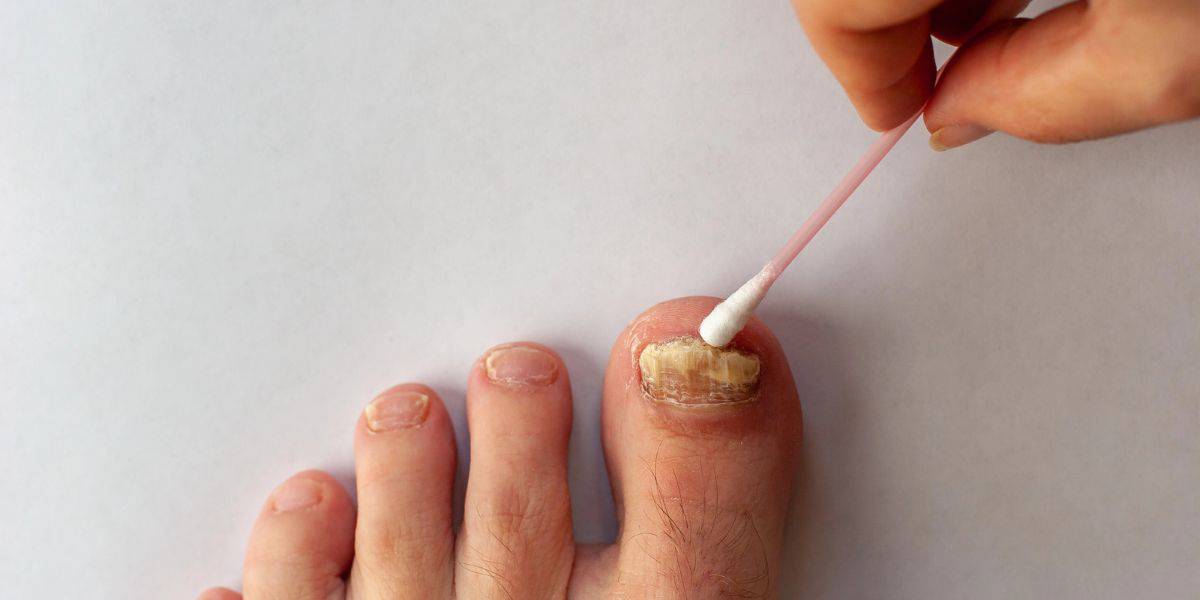 Listen Now
What To Do When Your Toenail Is Falling Off
Read More
Listen Now
What To Do When Your Toenail Is Falling Off
Read More
-
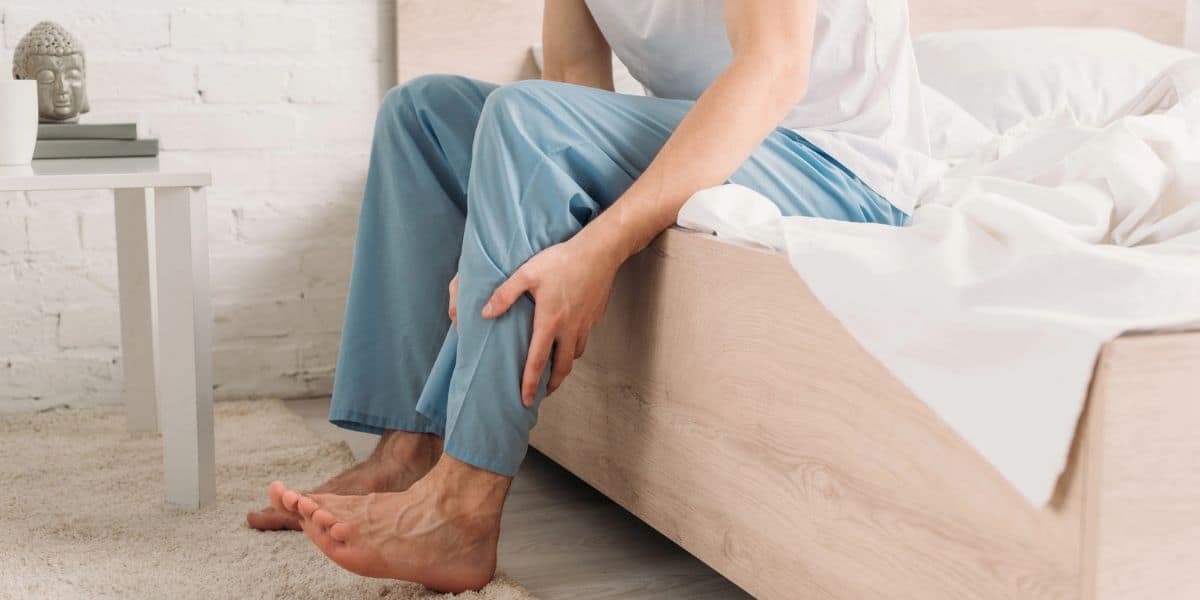 Listen Now
What Are Shin Splints?
Read More
Listen Now
What Are Shin Splints?
Read More
-
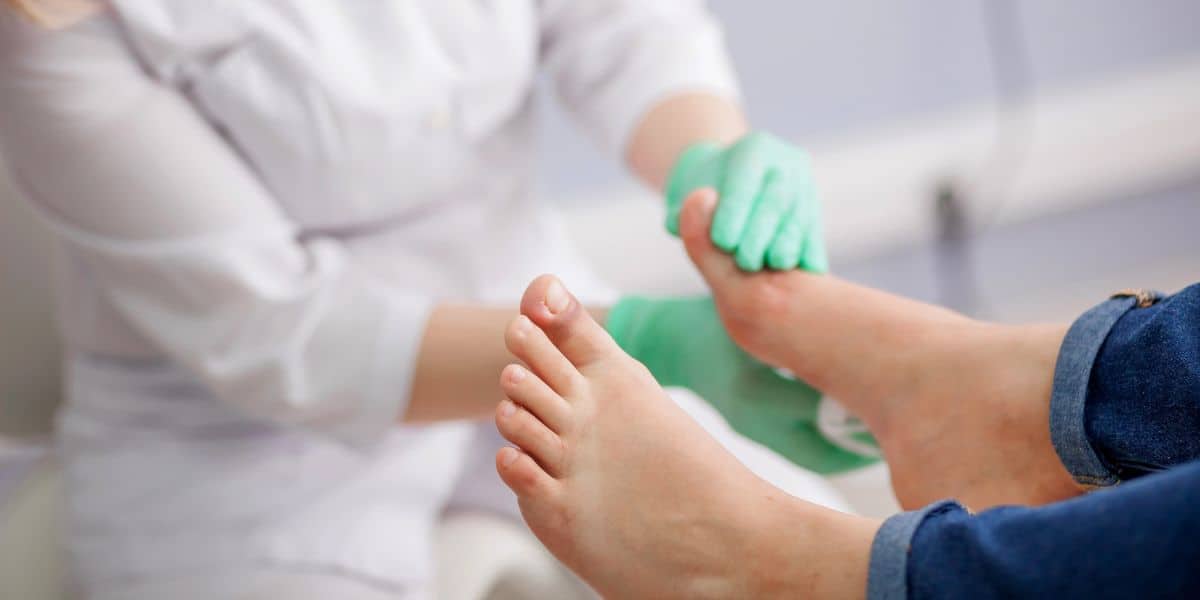 Listen Now
Non-Surgical Treatment for Plantar Fasciitis – What Are Your Options?
Read More
Listen Now
Non-Surgical Treatment for Plantar Fasciitis – What Are Your Options?
Read More
-
 Listen Now
How To Tell If You Have Wide Feet
Read More
Listen Now
How To Tell If You Have Wide Feet
Read More
-
 Listen Now
Bunion Surgery for Seniors: What You Need to Know
Read More
Listen Now
Bunion Surgery for Seniors: What You Need to Know
Read More
-
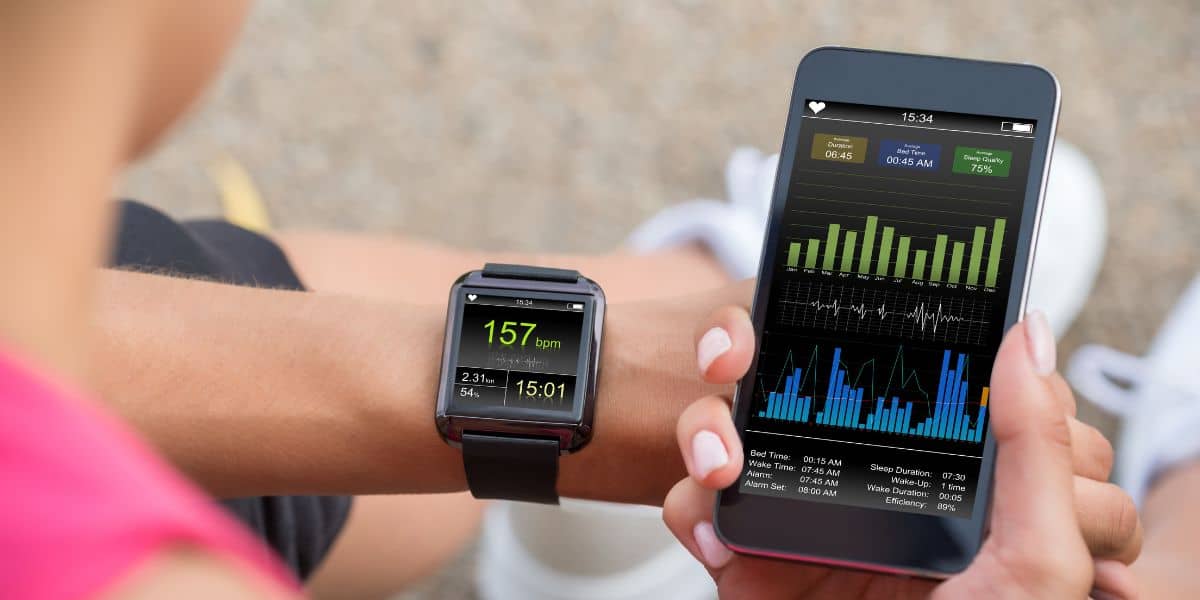 Listen Now
How Many Steps Do I Need A Day?
Read More
Listen Now
How Many Steps Do I Need A Day?
Read More
-
 Listen Now
Bunion Surgery for Athletes: Can We Make It Less Disruptive?
Read More
Listen Now
Bunion Surgery for Athletes: Can We Make It Less Disruptive?
Read More
-
 Listen Now
15 Summer Foot Care Tips to Put Your Best Feet Forward
Read More
Listen Now
15 Summer Foot Care Tips to Put Your Best Feet Forward
Read More
-
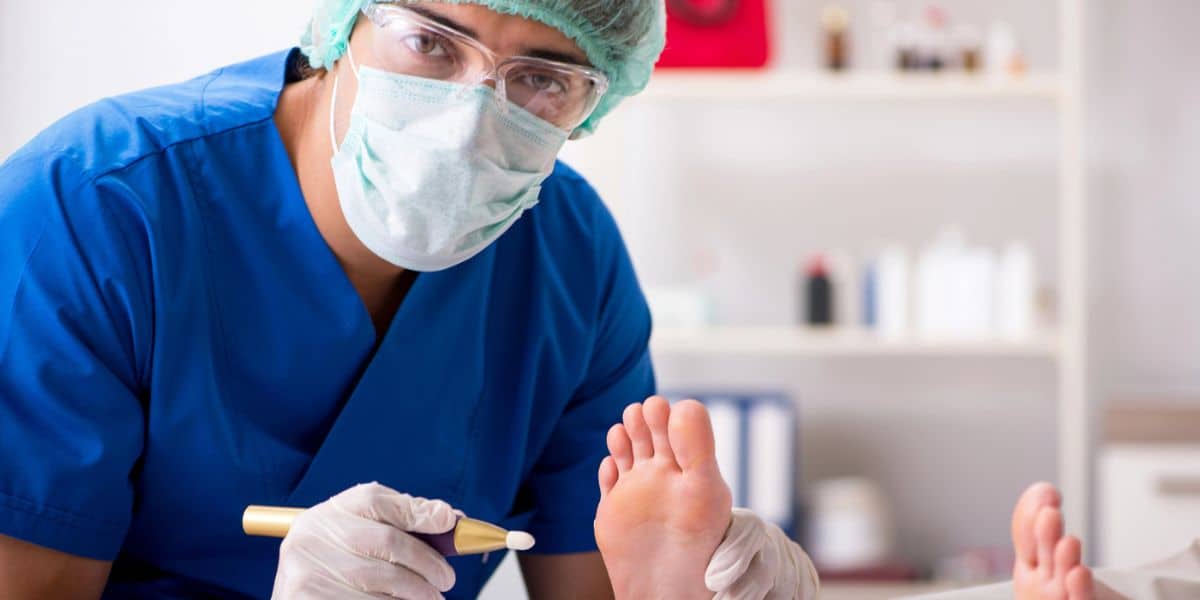 Listen Now
Should I See a Podiatrist or Orthopedist for Foot Pain and Ankle Problems?
Read More
Listen Now
Should I See a Podiatrist or Orthopedist for Foot Pain and Ankle Problems?
Read More
-
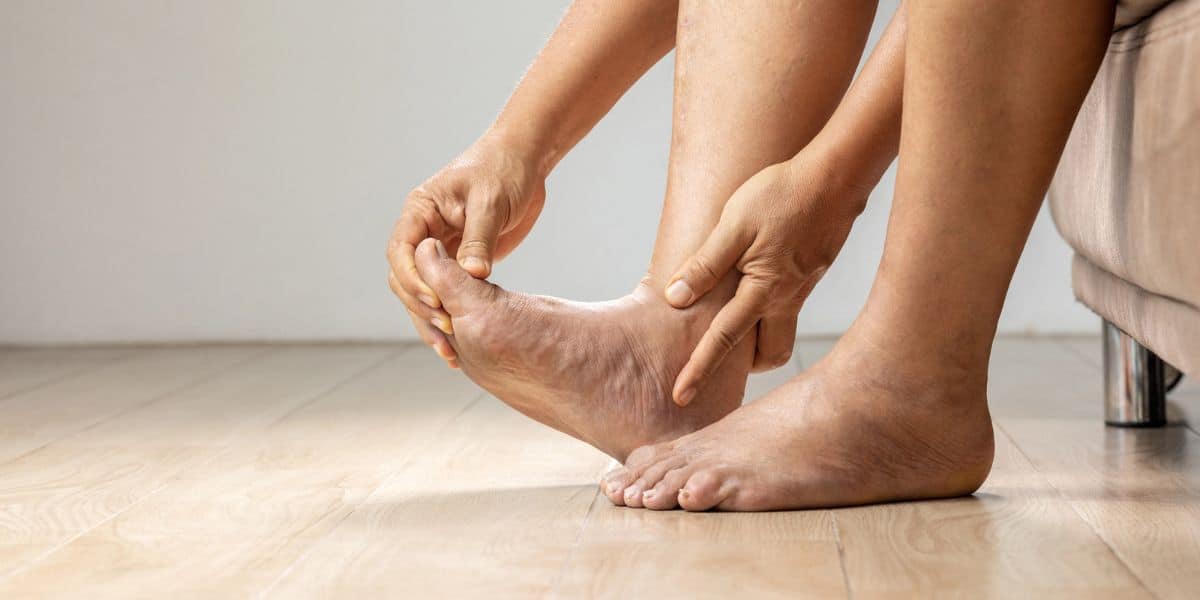 Listen Now
Top 10 Non-Surgical Treatments for Morton's Neuroma
Read More
Listen Now
Top 10 Non-Surgical Treatments for Morton's Neuroma
Read More
-
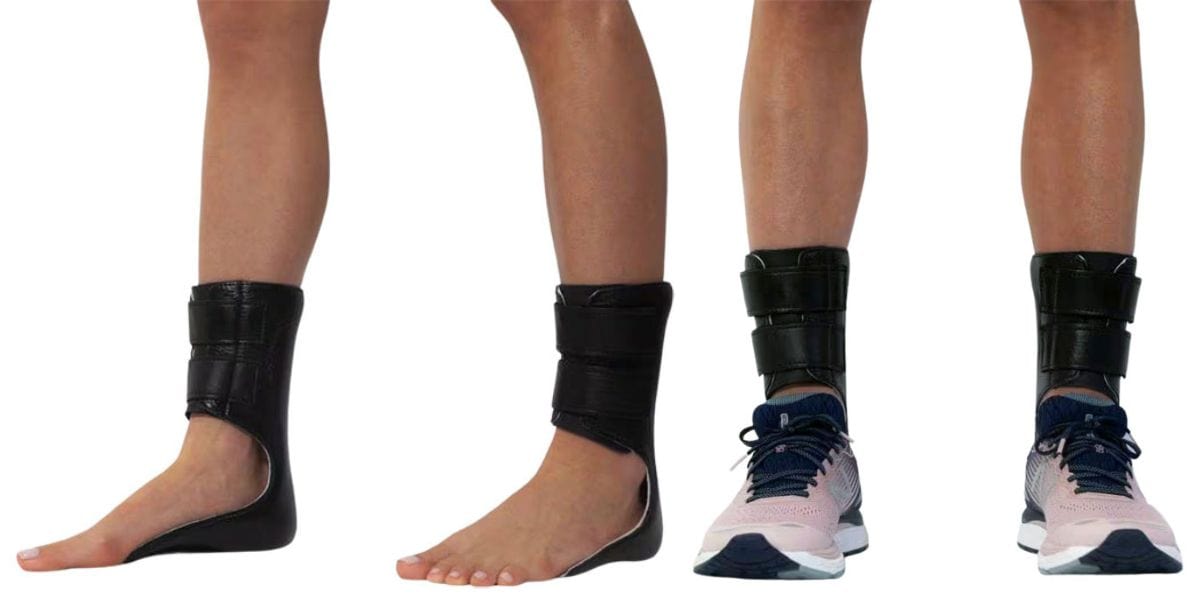 Listen Now
Moore Balance Brace: Enhance Stability and Prevent Falls for Better Mobility
Read More
Listen Now
Moore Balance Brace: Enhance Stability and Prevent Falls for Better Mobility
Read More
-
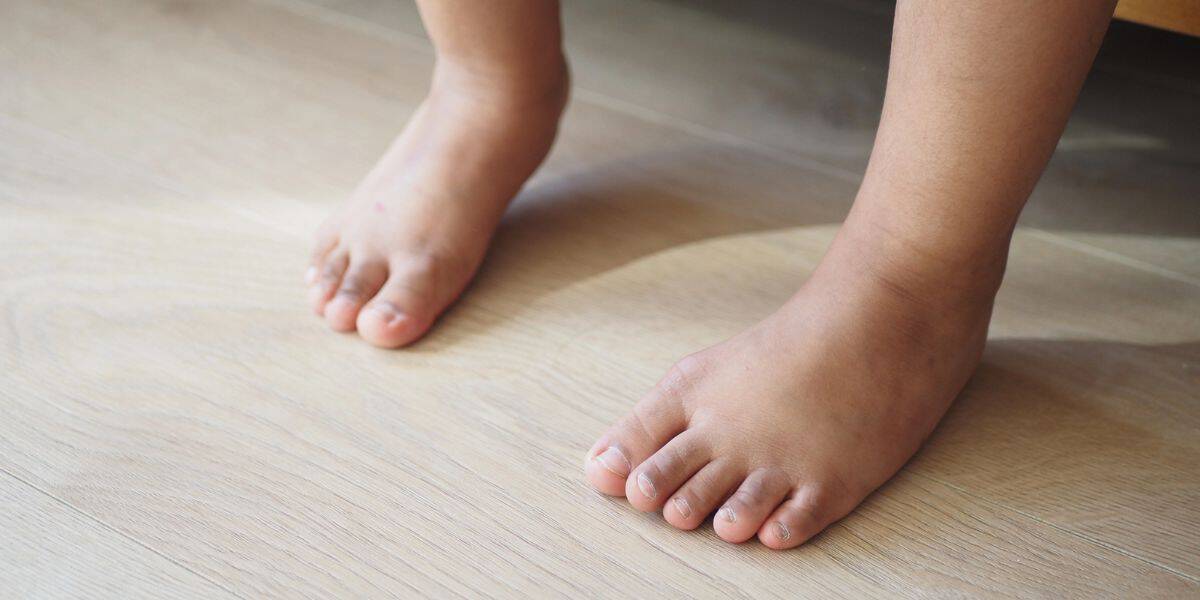 Listen Now
Pediatric Bunion Surgery
Read More
Listen Now
Pediatric Bunion Surgery
Read More
-
 Listen Now
Is Bunion Surgery Covered By Insurance?
Read More
Listen Now
Is Bunion Surgery Covered By Insurance?
Read More














